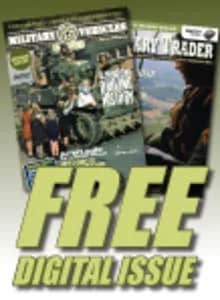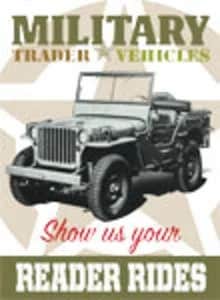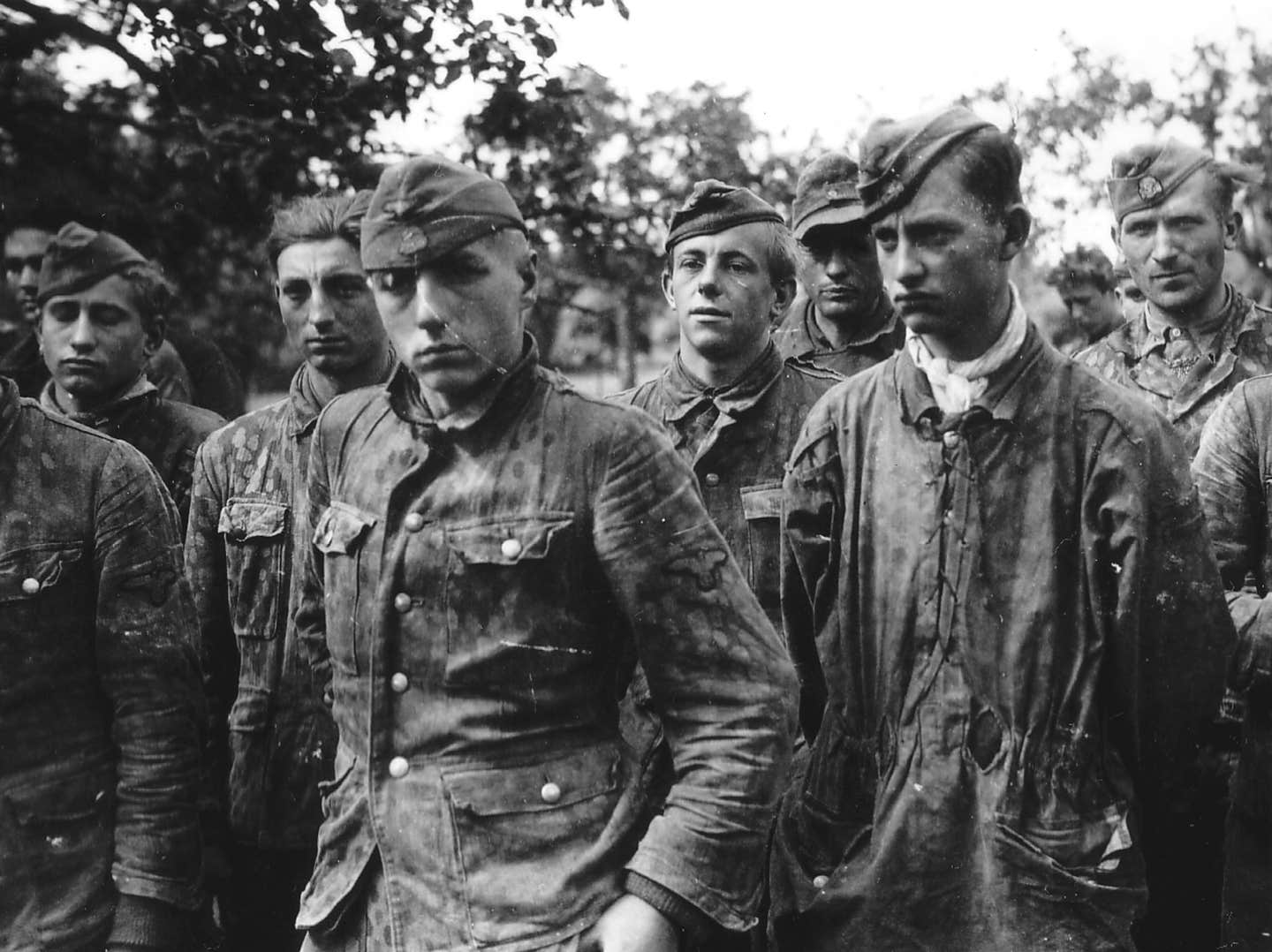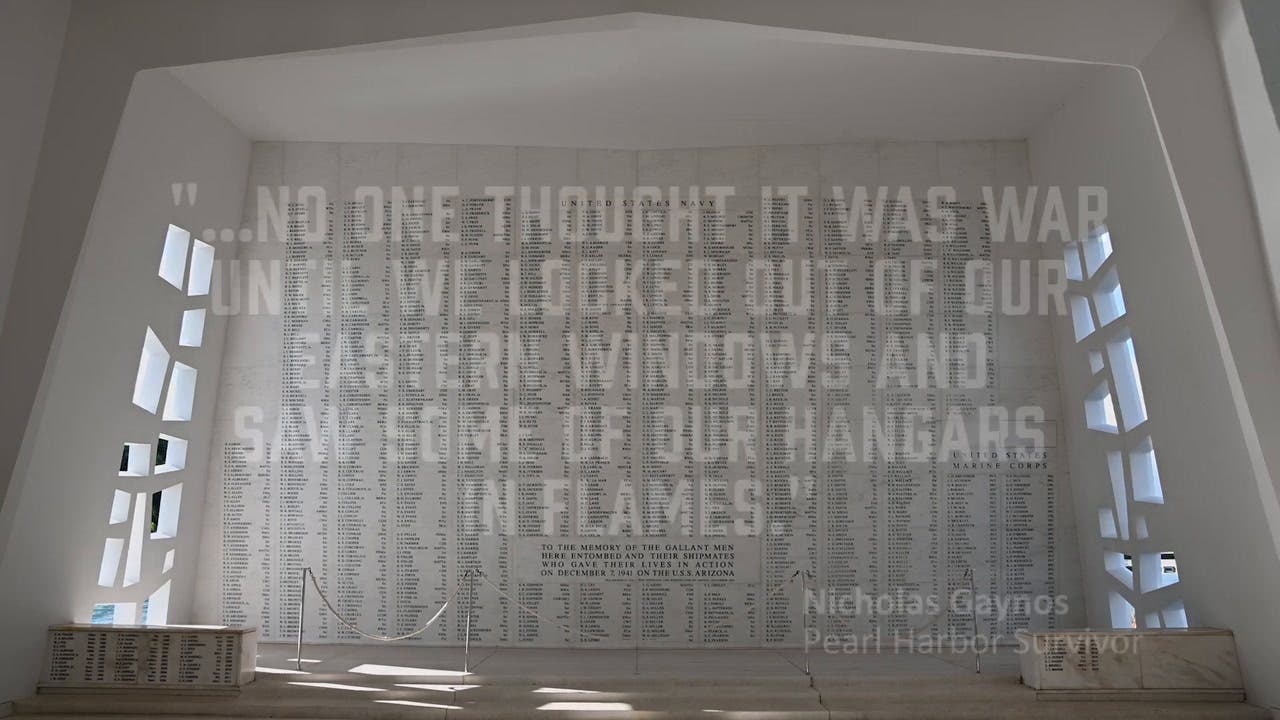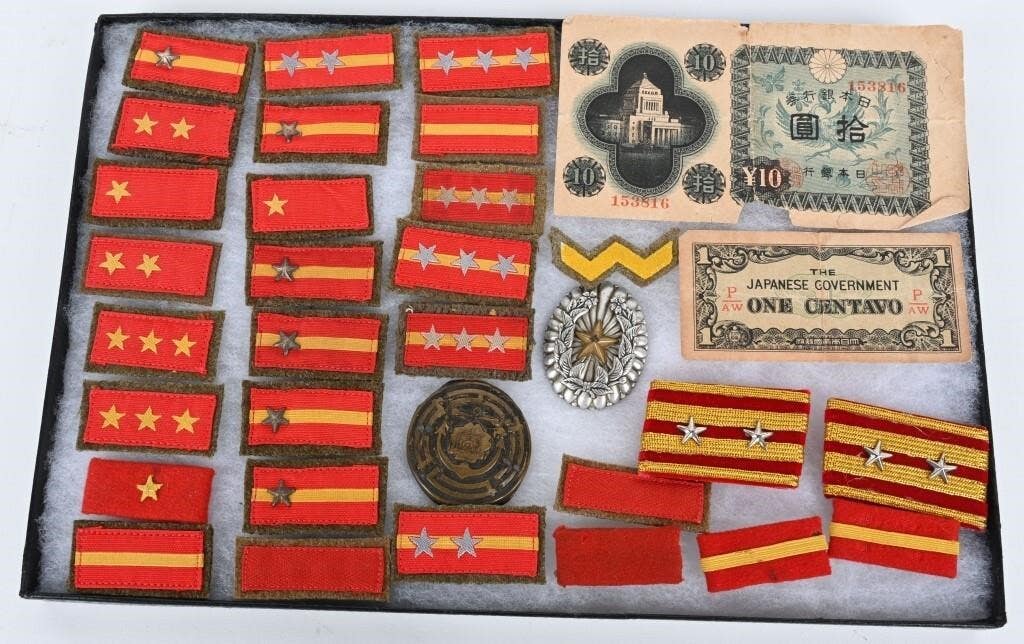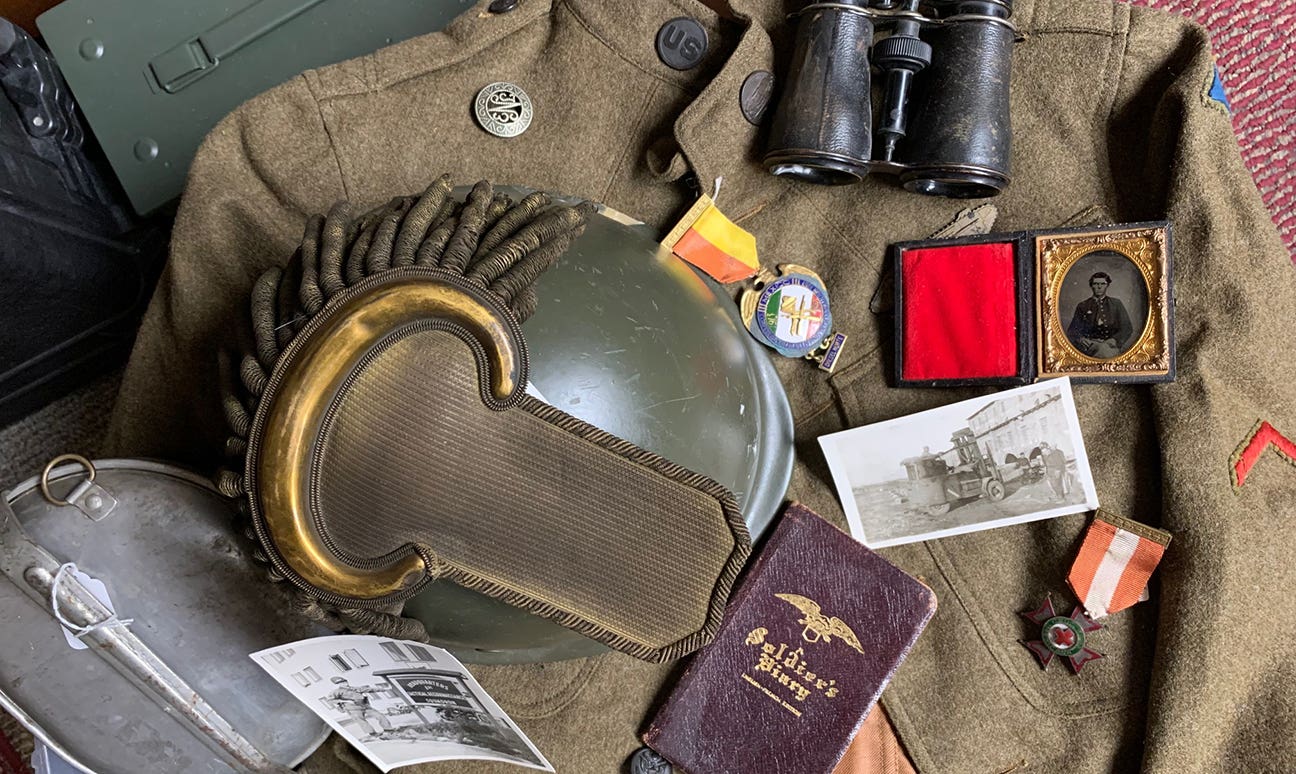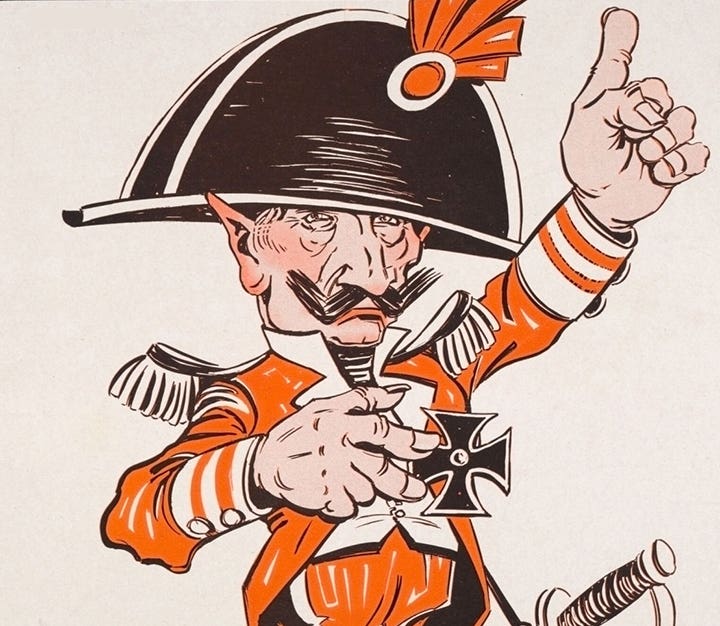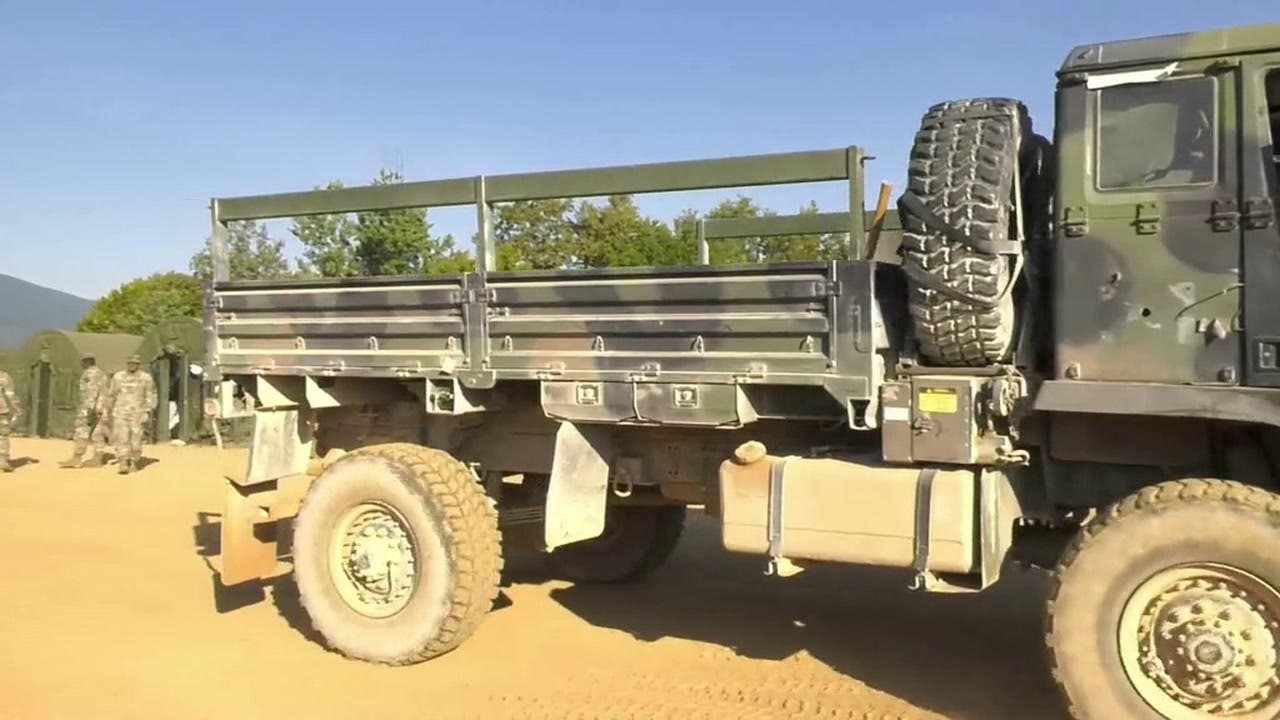Everyone loves a parade — a tips for enjoying and being safe
It’s that time of year. Historic military vehicle owners are prepping their favorite olive drab machine to drive in this Summer’s parades. A historic military vehicle rolling along a parade…
It’s that time of year. Historic military vehicle owners are prepping their favorite olive drab machine to drive in this Summer’s parades. A historic military vehicle rolling along a parade route is inspiring—for the audience, and for you, the driver. With everyone smiling and waving, it is hard to imagine that a parade presents a unique set of risks to the audience, our vehicles, and to ourselves. While the most common parade accidents include children being injured while running toward floats for candy, performers being hit by vehicles, and participants falling off of floats or vehicles, there are more subtle risks surrounding our historic military vehicles.
Pre-Parade Inspection
This will sound like common sense advice, but you might be surprised how fast a parade pops up in your schedule. You may think Flag Day or the Fourth of July is weeks away, but I swear, time moves faster, the closer it is to a parade date. You may have had good intentions of bleeding your brakes or lubing the chassis before parade day, but there is a good chance, the morning of the parade, you will be saying a silent prayer that your battery isn’t dead as you crawl into the driver’s seat.
Okay, so if you didn’t finish your spring restoration projects, there are a few things you can do on parade day and still be safe:
*Start and drive your vehicle around the block a few times. Get about 15 minutes of drive time in before you load up everything to go to the parade staging area. Make sure your brakes are engaging and your radiator is cooling.
*Clean out the extraneous stuff—items that can be stolen, dropped, or lost. It’s a parade, not a historical reenactment.
*“Tires and Brakes. Tires and Brakes” Those are the two things between your vehicle and an accident. Make sure they are in top-notch order. Check your tire pressure. Hydraulic or air brakes must be able to stop the vehicle within a prudent distance and be capable of overriding the engine moving in a forward direction at idle speed. The emergency brake is not a substitute!
*Be sure you have your driver’s license, your vehicle is tagged correctly, and that it is insured. It is not a bad idea to have proof of vehicle registration, as well. If your foot slips off the clutch and you careen into a pack of Shriners, you want to be sure you aren’t going to try to rely on your good looks to get you out of a predicament with the law.
*Prepare an emergency tool kit that includes some basics like a tow strap, pliers, vice grip, and gloves. You aren’t going to repair a vehicle in the parade, but you do want to be ready to get it out of the way of other parade units should it break down. Be sure you have a fully charged fire extinguisher.
*Pack a few bottles (or jug) of water — for you or your HMV.
*If you are towing a trailer, make sure you attach safety chains.
*This shouldn’t have to be written, but there are still guys who think it is really cool driving around town with an M2 machine gun in plain sight or Thompsons in scabbards mounted to the side of jeeps. Okay, we all get it…but that 28-year-old parent of two who sees “a truck with a machine gun toward City Hall” might see it in a different light. Use some common sense and cover your weapons while in transit. And for Pete’s sake, don’t stand up behind that propane-fueled M2 and squeeze off a few rounds during the parade! You might know it is harmless, but that cop or conceal-carrying citizen on the sideline might not know that. You don’t want to be the recipient of “friendly fire.” Cover the weapons while in transit, and leave them unmanned and unhandled during the parade.
*Review the parade organizer’s guidelines. There may be a few parades in the country that still allow day-of-the-event drive-ups, but most have realized the horrendous liability involved. They will require an acknowledgment of parade rules and, most likely, a signed waiver of liability. Make sure you have that paperwork ready.
A Short Review of “Old Vehicle” Parade Driving Tips
Not everyone drives an old vehicle or something with a manual transmission every day. So if you or your driver needs a little refresher, these tips should keep you and your vehicle safe:
*Don't mount a sign or placard on the front of your vehicle. You don’t want to block any air passage through the radiator. You will be running hot in a parade!
*Bump the idle up a few hundred rpm. This will usually speed up the fan and help cooling.
*Start the day with a full tank of fuel. This will cause the fuel to remain at a lower temperature for a longer period — crucial for avoiding vapor lock.
*Don’t “ride the clutch” (or use the clutch as a brake). Keeping a foot on the clutch pedal between shifts pushes the pressure pad against the clutch plate but doesn't engage it. Riding the clutch creates friction that will wear our your clutch.
*Sit in neutral when stopped. You will be starting and stopping a lot in a parade. Knock the transmission out of gear (with a foot on the break!) when you are sitting. Waiting with the clutch down, first gear engaged, and your foot on the brake can put unnecessary strain on the clutch.
*Don’t drive with your hand resting on the stick. This can move the shifter rail slightly off the detent ball that holds the shift and fork in its proper position. Over time, the shift fork fingers will wear down.
*Review hand signals. You won’t need them in the parade, but if you are driving your HMV to and from the route, you will probably need to indicate turns.
Follow the Leader
Before you pull out into the procession, introduce yourself to the unit that will be in front of you and directly behind. Tell them you are driving a historic military vehicle that is safe, but they should be aware of it and its pace.
*If you have any banners or items hanging on the exterior of your vehicle, make sure they are secured. Before you ease out into the flow of the parade, make sure that everyone in your vehicle is seated and any child riders know to whom they are answerable.
*While it looks great in historic photos, riding on the tops or hoods of vehicles is just downright stupid and dangerous. You don’t know what you will have to stop for in a parade route. This isn’t the race to Berlin. Make sure your passengers are all safe and secure. If they fall off and crack their head open, you can be sure you will spend more time with lawyers than you do with historic military vehicles in your future.
*Visibility is key to safety. If you have armored visors or flaps, leave them up or open. If you are parading a large truck or track, have a designated guide on foot that serves as the direct, on-pavement eyes for the driver. Roll down all windows so that any audible signals can be heard.
*Just like any military convoy, “Maintain your intervals.” Don’t crowd the unit in front of you or be a hindrance to those behind. Be fully aware of any animals or people accompanying the parade on foot.
*Maximum speed in a parade is generally 5-10 mph. Know what your parade marshall has set as the limit. Basically, if you are in 3rd Gear, you are going to fast!
*Remember: It is usually unlawful for any person to ride in a drawn trailer, the exception being for the purpose of a parade. This does not mean driving to or from the parade, but rather, along the parade route. There are no “special waivers” for transporting people to the parade. If the high school football team wants to ride in your 6×6, be aware of how many you can legally transport.
*Drive the route…do n0t sway back and forth across the route path. It might look cool or even get a little tire squeal, but the risk of hitting a kid retrieving candy just isn’t worth it. Do not exit the route except where designated by the parade organizer.
It’s about the History
Stick around after the parade. You will be surprised how many people saw your vehicle and are interested in learning more. A parade is a chance to share a bit about the history represented by your vehicle, as well as being a goodwill ambassador for our hobby.
Be safe, be open to following the rules — even if you know better, and…
Preserve the Memories,
John Adams-Graf
Editor, Military Vehicles Magazine and Military Trader
John Adams-Graf ("JAG" to most) is the editor of Military Trader and Military Vehicles Magazine. He has been a military collector for his entire life. The son of a WWII veteran, his writings carry many lessons from the Greatest Generation. JAG has authored several books, including multiple editions of Warman's WWII Collectibles, Civil War Collectibles, and the Standard Catalog of Civil War Firearms. He is a passionate shooter, wood-splitter, kayaker, and WWI AEF Tank Corps collector.
